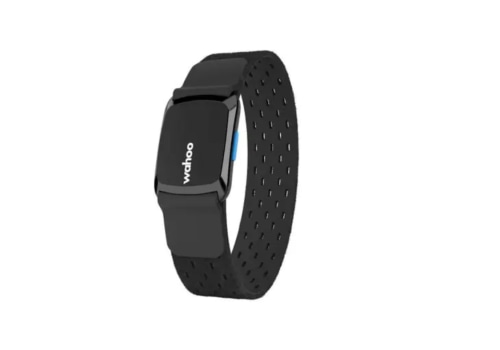Types of sensors in smartwatches, fitness trackers and wristband heart rate monitors, oximetry sensor, ambient light sensor, accelerometer, gyroscope, barometric pressure sensor, microphone or room temperature sensor. SpO2 sensors use two different wavelengths of light, usually red and infrared, to illuminate the skin and measure the level of oxygen saturation in the blood. Oxygenated hemoglobin can absorb more infrared light and less red light. In contrast, deoxygenated hemoglobin absorbs greater amounts of red light than infrared.
The most common and basic tracker included is the accelerometer. It can be used for multiple things, but it's usually done by counting the steps. By measuring the orientation and the accelerating force, they can determine if the device is horizontal or vertical and if it is moving or not. Not all accelerometers are manufactured the same way.
You'll find digital and analog sensors, different sensitivities and different numbers of axes. The most basic ones will only have two axes, while three-axis sensors can measure their position in three dimensions. At this point, most fitness trackers use fairly advanced accelerometers to increase accuracy. Most smartwatches and fitness trackers use high-precision light sensors with PPG (photoplethysmography) technology that use a light source on the back of the watch to measure the amount of red and green light that reflects off the skin of the wrist.
With the GPS of a smartwatch, smartphone or fitness tracker, the watch can find an exact location through triangulation. With the help of various smartwatch sensors, smartwatches can track health and exercise.








